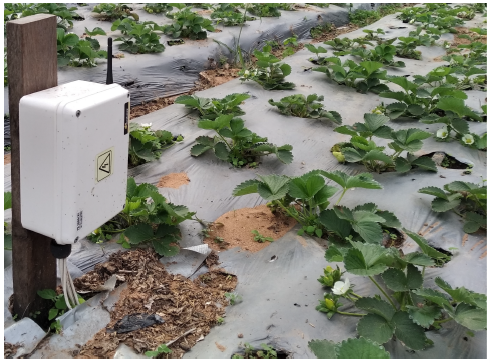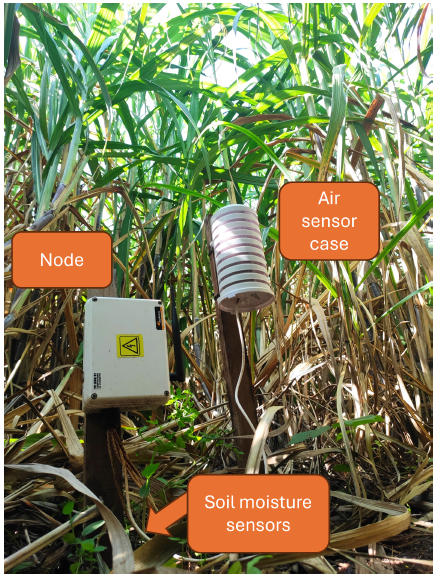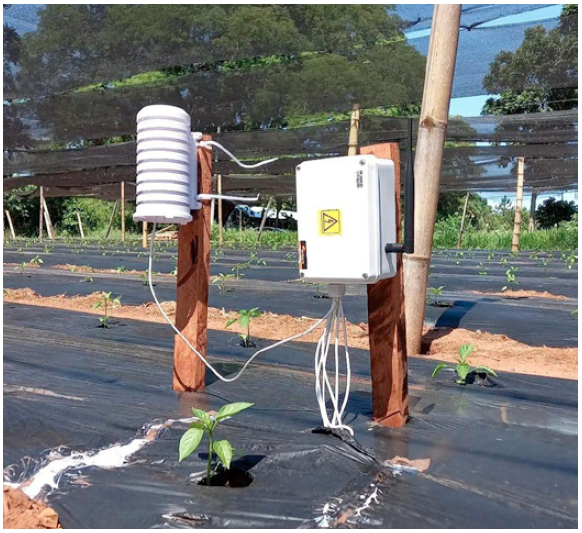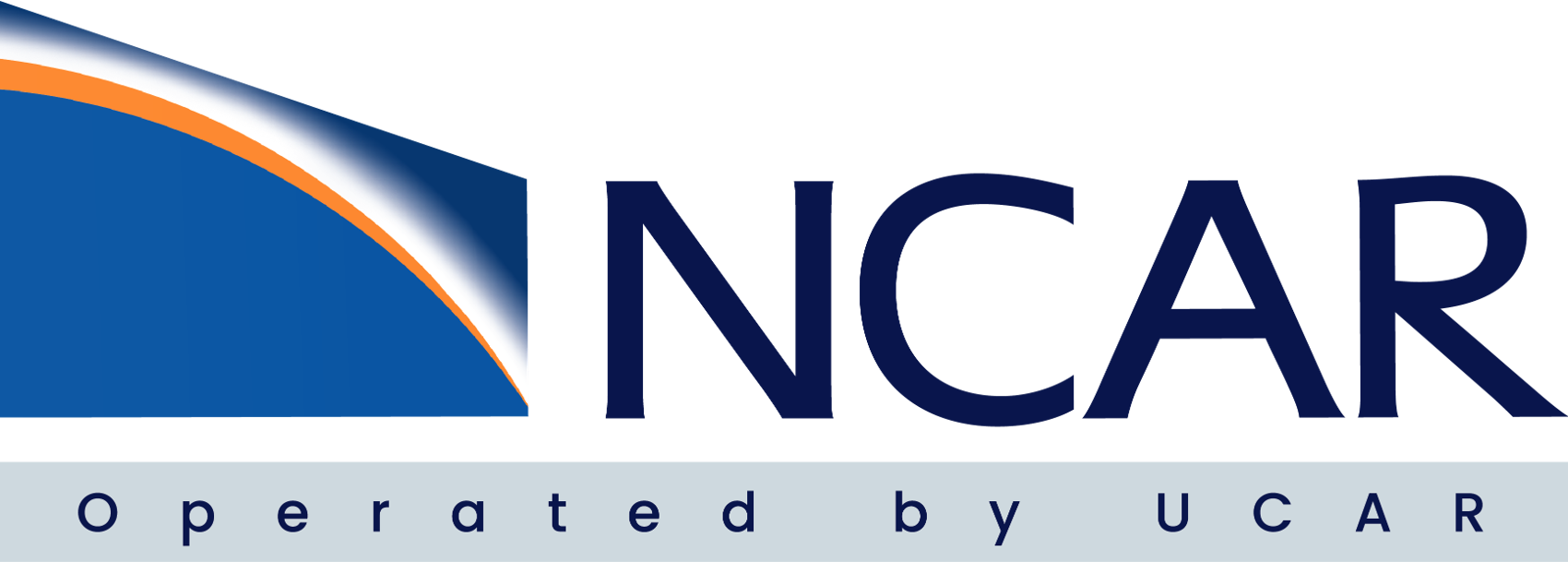Agri Data
SMEs and micro-enterprises in industries such as Agriculture, Forestry, Fisheries as well as Healthcare and Veterinary sectors generate data derived from sources within environments that are not desk-bound, but in natural biological contexts that are affected by weather, climate change, disease and unpredictable factors. Traditionally, weather data has allowed agriculture to plan for activities such as seeding and harvesting, but additional data sets provided via satellite communications as well as sensor-based hardware is creating a data portfolio that requires standardization of its taxonomies, verification of its provenance and lineage, veracity and trustworthiness of its records. The biggest challenge today is the assignment of such responsibilities across the many players in the data landscape, from farmers who own the crops and the livestock animals, to data providers – such it is the case of satellite data or agricultural drones, and, the data handlers who clean and normalize data repositories in order to build data analytics solutions.

Challenges for Agricultural Data Governance and Policy Making
The biggest challenge for policy-making in regards to agricultural data resides in the proprietary ways in which agricultural data is gathered, collected and managed, in its closed-garden protocols that do not incentivise farming communities to adopt common practices and that results in poorly defined taxonomies and data base management. Agricultural data remains an asset still untapped for its potentiality to become data sets that ministries of agriculture can have access to as well as other industries such as the human food chain and the healthcare sectors that would benefit from embedding such data into their own predictive models for food safety and prevention of pandemics.
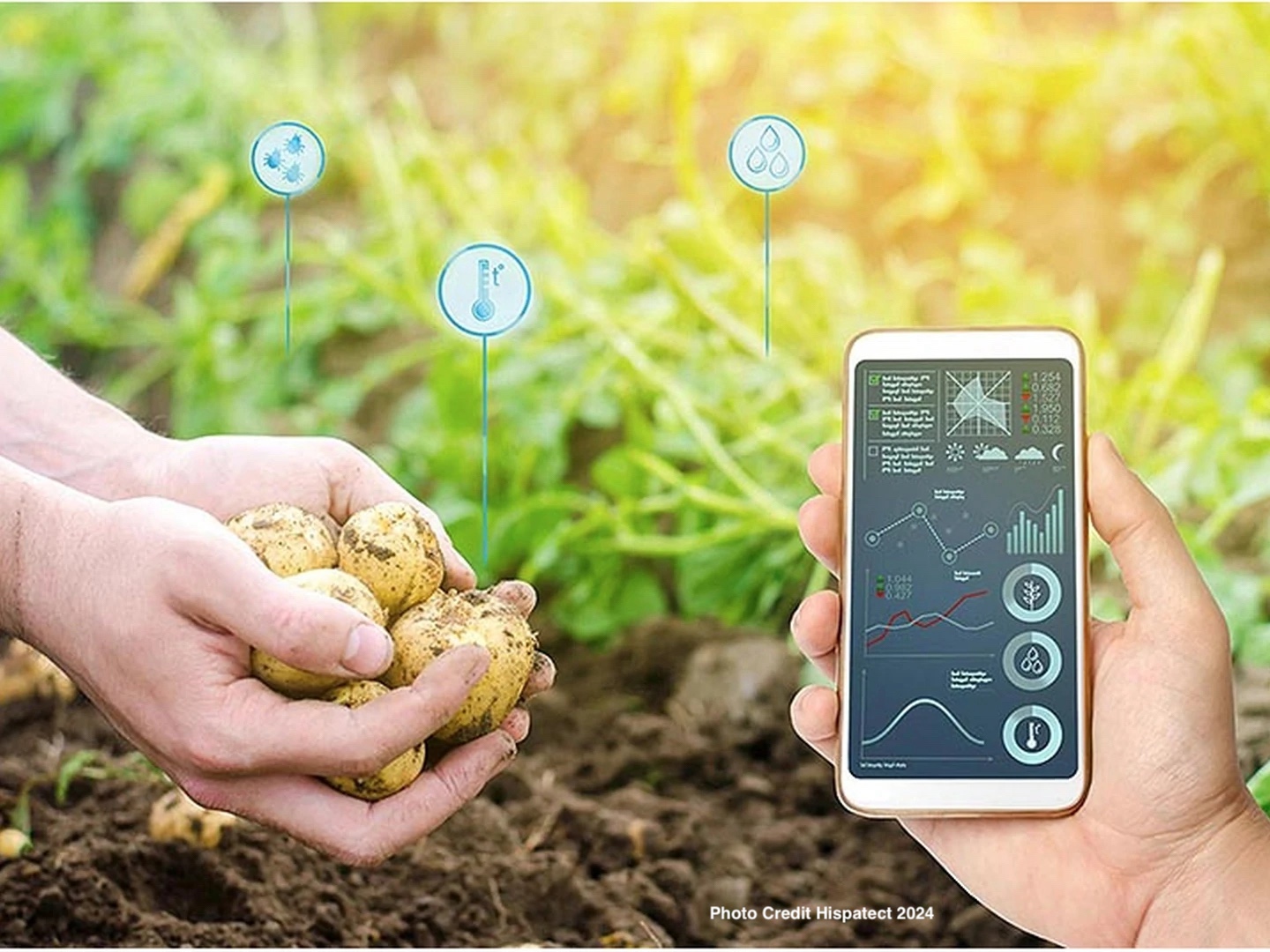
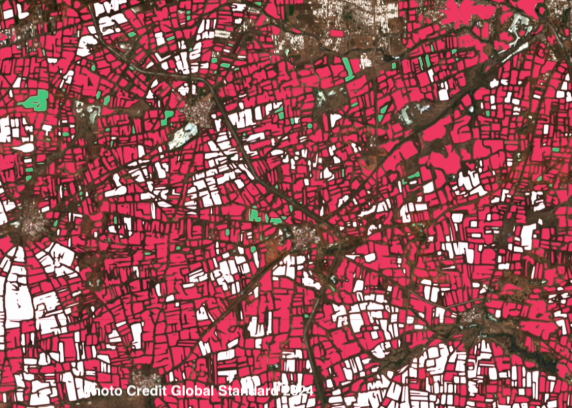
- • Data ownership and privacy: owning agricultural data, that is, data directly extracted from fields, crops and livestock does not mean bearing the full responsibility of its lineage and provenance, a first step in providing an important pillar towards data veracity. Farmers must be able to confirm how and when such data sets have been collected, using what data collection technologies, which typically are provided by third parties, technology and AI vendors. In this context, farmers could be comparable to consumers, who also own their own personal and private data, and only bear accuracy of data in contexts where true data is demanded of them, for example, to open bank accounts, or access age-controlled digital services. Sensor equipment manufacturers, and data analytic companies do bear responsibility for the trustworthiness of their data collection systems, the data handling and its storage and classification. It is therefore important to start distinguishing that handling data is where the governance responsibility should exert the biggest demands, but other responsibilities must revert back to farmers who use such equipment for specific circumstances such as alerting health authorities of disease, toxicity or harmful elements found in crop or livestock data, or calculating carbon offsetting data with protocols that can be verified.
- • Data quality and standardization: because agricultural data can be generated from a variety of sources, data accuracy and reliability must be guaranteed by data collection equipment manufacturers and data handling and processing companies in order to achieve methodologies that allow for standardisation of taxonomies.
- • Data security and access: Protecting agricultural data from cyberattacks and unauthorized access goes in parallel when building reliable data architectures and platforms. There is no single approach to this, because most RWD data is gathered and processed on the edge, that is, in real-time–real-life environments via in field devices and machinery. If real time data is stored to become historical data, agricultural cloud computing is a future data environment that farmers and technology providers will have to address and deal with where it comes to storage and security legal aspects.
- • Interoperability: To ensure that different data sources and systems can communicate with each other it is essential to normalise data bases for interoperability as well as taxonomies for data sets classifications. This is one of the biggest challenges where it comes to data base management in agriculture amongst the different stakeholders. It is common occurrence the existence in ministries of agriculture of legacy databases built for land ownership, or botanical classifications that suit well forestry contexts but not optimally for data analytics for crop management, where farmers usually concern themselves more with the fruit or the seed rather than the tree, branch or grass.
- • Ethical and Ecological considerations: agriculture today is victim to many singularities and attitudes that in many instances defy sustainability practices, or legal labour practices of temporary fruit pickers. If every aspect of agriculture is “datified” for accuracy but also for regulatory reporting, governments must create transition programmes that will educate farming communities not only about the moral need to do this, but also about the benefit of running farms professionally in favour of transforming this activity into a real life livery that will yield economic benefits for all within practices that will be transparent in both labourers; and nature’s treatments.
